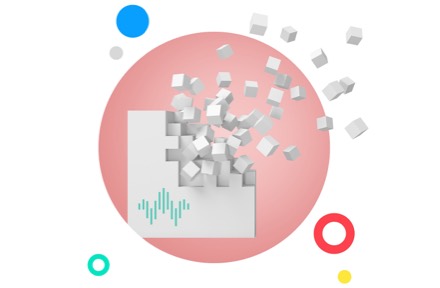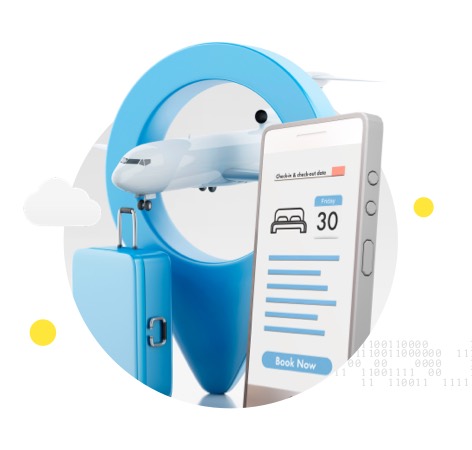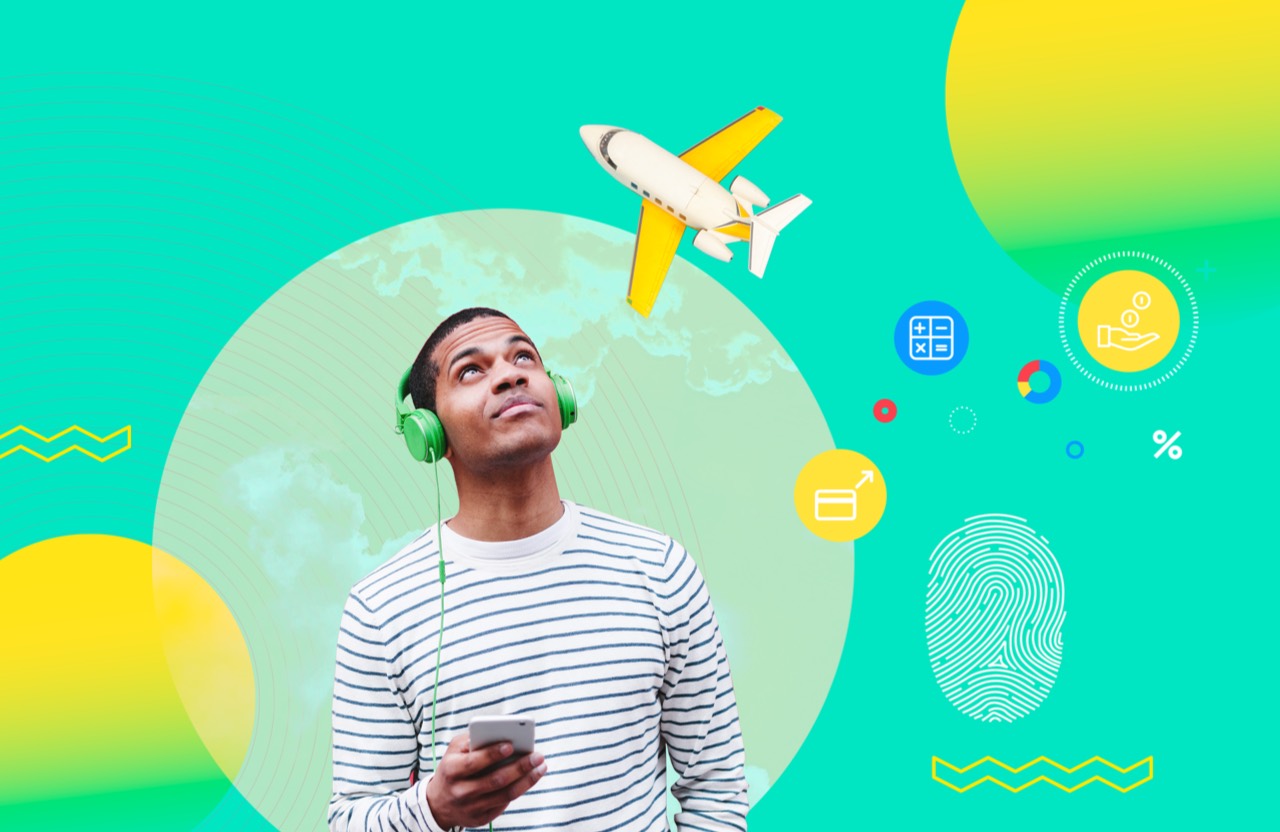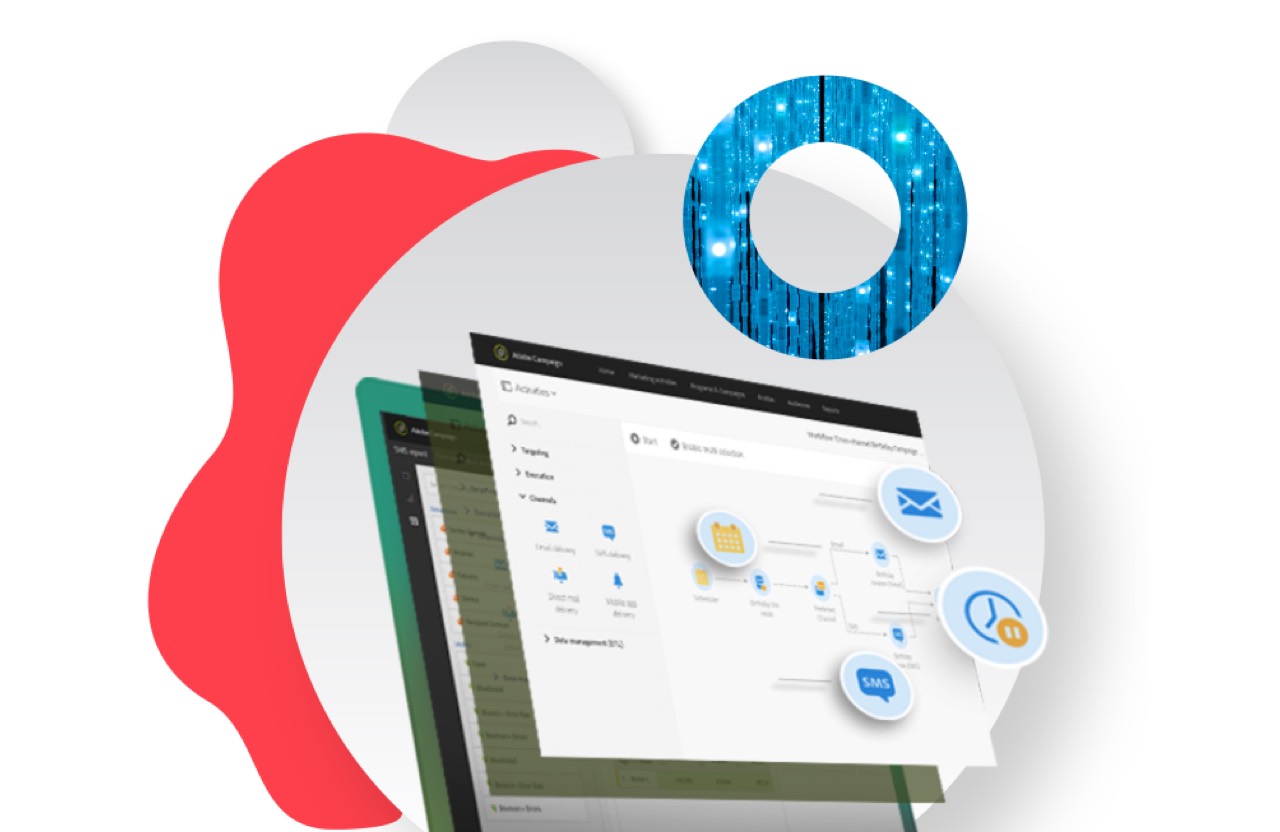What issue can we solve for you?
Type in your prompt above or try one of these suggestions
Suggested Prompt



Travel & Hospitality
Four Data-First Imperatives to Guide Travel Brands’ Recovery
Four Data-First Imperatives to Guide Travel Brands’ Recovery
There’s one thing we know for sure: Travel will be back in 2021. But it won’t look the same. For travel brands, actionable data from hyper-targeted customer listening will be the key to regain and earn trust, win market share, and ultimately succeed in a post-Covid world.
The travel business’ recovery following Covid-19 is underway and will continue to accelerate over the next 12 to 18 months. There are a few things we know for sure: There’s high travel demand, and it’s going to be led by domestic leisure. Yet there are countless things we don’t know, and inconsistency will remain the order of the day at least through 2021.
At a macro level, safety and cleanliness protocols, digital proof of health (negative tests or vaccination), continued social distancing, and contactless interactions will be in place for the foreseeable future. But those will vary widely across the board, from the country level to the municipal level. At a micro level, consumer behavior will be as nuanced as the individuals themselves.
Covid-19 ushered in an acceleration of digital trends across a variety of fronts, and travel brands now find themselves in a position to become more effective and more efficient by using customer data to create hyper-targeted, personalized experiences.
“There’s a race to serve the leisure traveler, but these consumers have very different buying patterns,” said Nadira Kalliecharan, VP, Travel & Hospitality for Publicis Sapient. “While we are helping brands make this shift, we are also seeing gaps emerging in the instrumentation, data collection, and sense and respond capabilities.”
Publicis Sapient and SkiftX have compiled the following four key imperatives for travel brands as they aim to collect, parse, and apply data to capture customers where they are today.
#1 Aim to Inspire, Not Advertise
Inspiration is still the key to effective travel marketing. For example, social media will continue to ignite demand. Travel brands have no shortage of inspirational content, but often struggle to connect that content with individual traveler interests. For hotels, a successful social strategy in 2021 might manifest as a promotion of experiences such as weekend getaways highlighting location benefits, not just hotel benefits, and tailoring interactions based on context they gain from the responses they receive.
The challenge for travel brands to convert lookers to bookers will always be front and center, but there’s no “business as usual” to that approach through the 2021 recovery and beyond.
“There is a lot of complexity for travel brands to navigate in the recovery,” said Kalliecharan. “Right now, brands should take a customer-centric view to prioritization, focusing on sentiment, segments, spend and differentiation.”

CDP Quickstart
Accelerate your organization’s digital business transformation with this fast, deployable solution. Find out how cloud-native components can make it easier for your company to build an open-source customer data platform (CDP).
#2 Connect with Customers Directly
The moment to move from mass communication to one-on-one conversations has long passed, and data will be essential to ensure each interaction with travelers is tailored to what is already known about the guest, as well as the context of their research and planning.
The trends driving personalization have only accelerated during the pandemic and will be critical to success coming out of it. Therefore, the key to connecting with customers in the right place at the right time is information availability, not overload. Personalized marketing will be more complex in a cookieless world, but there are new opportunities brands can be investing in now to prepare. Publicis Sapient is partnering with clients to help them understand there isn't a one size fits all cookieless strategy.
“While travel brands today possess a wealth of customer data, connecting and unlocking this data to drive real value continues to lag,” said Kalliecharan. “With the loss of third-party cookies, now is the time for brands to be doubling down on loyalty and direct bookings through their apps and websites so that they can build a rich first-party data hub in a real-time customer data platform (CDP). This people-based marketing approach is more beneficial to customers as their experience will improve across devices and brands will be laser-focused on them.”
Combining historical data about a customer with current sentiment is critical. A year and half is a long time, and priorities change. Many people may have started a family, lost a job, changed careers, moved to new cities or locations, or have a radical new perspective on life. Loyalty program data from 2019 doesn’t cover these conflicting sentiments, a fact becoming clearest in travel marketing programs that have started to bombard their customers with credit card sign-up programs and generic email templates that look very similar to what they received during pre-pandemic times.
#3 Assume Covid-19 Has Changed Everything
If broad-stroke marketing programs predicated on historical data will not work in today’s environment, how can brands capture rapidly evolving customer behavior, sentiment, and needs? Eagerness to travel is not the same as willingness or ability to travel.
That’s especially true in the short term. According to Skift Research, 51 percent of Americans said they would travel more after getting the vaccine, though only 15 percent said they would travel “a lot” more. Meanwhile, 31 percent also said their vaccination was immaterial to the fact that they wouldn’t travel more until the pandemic is under control.

“Covid has changed the traveler — new needs, behaviors and segments have emerged,” said Kalliecharan. “We are seeing brands struggle to capitalize on these changes with legacy marketing capabilities, but there is an opportunity to level this new playing field by tapping into their customer data in combination with modern marketing techniques like omni-channel orchestration, and next-gen loyalty programs all aimed at generating demand and bookings.”
For example, many people have taken on new outdoor and indoor hobbies, which they might consider extending into their travel experiences. Furthermore, many people stuck at home became first-time pet owners. All told, loyal customers that have the exact same demographic profile may have different needs than they had pre-pandemic, even if it’s not readily apparent.
#4 Don't Go At It Alone
Just as brands made the “mobile-first” shift years ago, travel brands must make the “data-first” shift now and consider the ingestion of external data sets as part of their planning and forecasting activities.
To be truly “data-first,” brands must become data collection machines. In addition, key indicators outside of travel — such as searches for restaurants, gyms, and movie theaters, Covid-19 data, etc. — are also critical inputs that define not only where they want to go and how they want to get there, but also what they want to do and how they want to do it.
In order to integrate that information with first-party data to better detect and prepare for increase in demand, partnerships are essential, providing an additional source for customer signals that provide insights for activation.
“We are seeing a number of leading travel brands revisiting the playbook of the past, from revenue management to flight planning, exploring opportunities to incorporate these data sets as part of their forecast algorithms and demand planning,” said Kalliecharan. “When travel brands are able to establish meaningful data partnerships, everyone wins as the customer and both partners find value.”
The recovery will be about collective efforts to develop new solutions and processes to keep up with changing traveler behavior, using data to prompt people along a “new normal” travel journey.
This content was created collaboratively by Publicis Sapient and Skift’s branded content studio, SkiftX.

Rapid Commerce in Travel
Publicis Sapient’s cloud-native accelerator allows travel & hospitality brands to consolidate products and services into a comprehensive one-stop-shop digital platform.
Related Articles
-
![]()
How to Prepare for Travel’s Impending Comeback
Learn three ways to educate travelers and four ways to prepare for—and profit from—pent-up post-pandemic travel demand.
-
![Las Vegas strip with poker chips]()
How a Casino Resort Achieved Real-time Guest Personalization
We transformed a casino resort’s email marketing strategy with our 360-degree, omni-channel platform to generate data-driven customer engagement.
-
![Digital Identity's Value]()
Digital Identity Value – Three Use Cases
A unified digital identity is as valuable to an enterprise as it can be elusive and difficult to make real as we store data in a variety of siloed systems.






